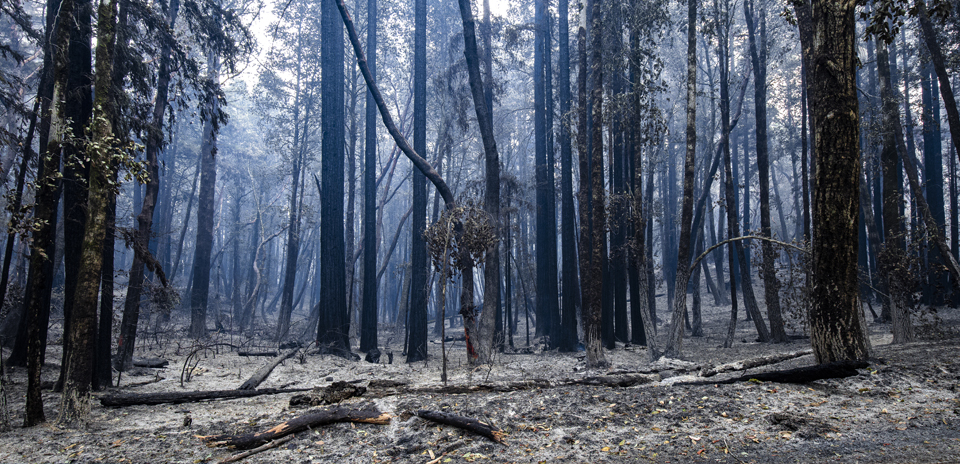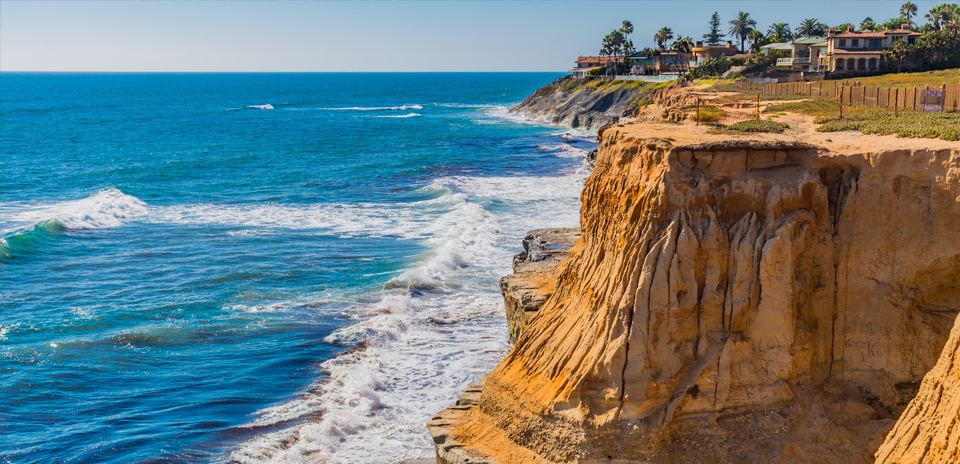It is officially spring, which means that the 2021 legislative session is in full swing.
California State Parks Foundation has taken positions on a number of bills that are now moving through policy committees, and watching for the Governor’s revised budget to be released in May. Due to the Federal stimulus, the state’s revenue picture has improved since January, at least for one-time investments, and advocates up and down the state are busy pushing their funding priorities.
Policy focus: we seek to build climate resilient parks.
Climate change is posing increasing threats to California and California state parks. In 2020, over 115,000 acres burned across 22 state park units, and many more were closed or forced to evacuate visitors. 2021 is a moment to recognize the importance of the state park system to Californians, and to invest in its future.
2021 Climate Resiliency Legislation
There are several opportunities to invest in the climate resilience of the state park system, because threats like drought, sea level rise, and wildfires will escalate as the climate changes.
SB 45 (Portantino) and AB 1500 (Garcia)
This legislative session, two bills are currently being debated to invest in climate resiliency in our state parks. SB 45 (Portantino) and AB 1500 (Garcia) would send a climate-resiliency-focused General Obligation Bond to the voters in 2022. The bills differ in the size, scope and targets for those investments, but there is broad consensus in both houses that a bond is needed, because of the increasing climate threat and to create jobs through infrastructure projects. Though we are very supportive of more spending for climate resiliency projects, California State Parks Foundation has officially taken a “support if amended” position on both of these bills, believing that greater investment is needed to realize the full potential and critical role California’s state parks can play in addressing climate change. Our recommended additional investments for California’s state park system include:
-
$200 million to address the impacts of sea level rise with relocation of coastal facilities, dune restoration, wetlands restoration and preservation of coastal habitats and wildlife;
-
$100 million to plan for and implement projects to reduce the risks of wildfires and restore parks damaged by previous wildfires within the state park system;
-
$100 million to plan for and implement projects to reduce other projects to reduce the risks associated with climate change and for the protection and restoration of infrastructure and natural resources within the state park system.
These are big investments, but they are necessary to begin to address the scope of the problem our parks and open spaces are facing, and they are a fraction of the overall proposed investments—$5.5 billion in the case of SB 45 and $6.7 billion in the case of AB 1500.
SB 1 (Atkins) and AB 67 (Petrie)
California State Parks Foundation is supporting—SB 1 (Atkins) and AB 67 (Petrie) that would increase resources for parks and local communities to plan for climate impacts. It is crucial that California invest whenever and however it can in planning resources that will develop park-specific climate resiliency plans that address sea level rise, drought, habitat loss, and other climate change impacts in the 1.6 million acres of lands stewarded by the California Department of Parks and Recreation.
SB 604 (Hueso)
Addressing the environmental and economic impact of climate change requires that the state align its climate and workforce development goals by investing in the people and programs that are needed to alleviate these impacts. This bill would prioritize the training and employment of recently displaced workers, the long-term unemployed, and economically disadvantaged communities with barriers to employment, and support projects that enhance climate resilience across the state.
Addressing deferred maintenance and fire season
There are additional ways that the Legislature and the Governor could address urgent needs right now. As we have often pointed out, California’s state park system faces a huge deferred maintenance backlog of $1.27 billion with over 5,000 unique projects. Prioritizing additional investments in deferred maintenance that also boost the resiliency of the park system would both reduce the backlog and help parks adapt. Examples of these kinds of projects could include upgrades to historic buildings to “harden” them against wildfires, or improving the energy efficiency of park facilities where feasible.
In addition, the Legislature and the Governor’s office have been negotiating on an early action plan that would make additional investments in the current fiscal year to get the state ready for this summer’s fire season, after a drier-than-normal winter. An agreement announced April 8 would devote $536 million to this effort, with $15 million specifically going to the Department of Parks and Recreation. The Senate is expected to vote on this plan in the coming days. Ensuring adequate investments to ready our state parks is also crucial after the devastation of Big Basin Redwoods State Park last September.
California State Parks Foundation will be monitoring and advocating for your state parks as we move through the legislative cycle. We’ll need help from park supporters like you to ensure parks and protected and preserved, so stay tuned!

